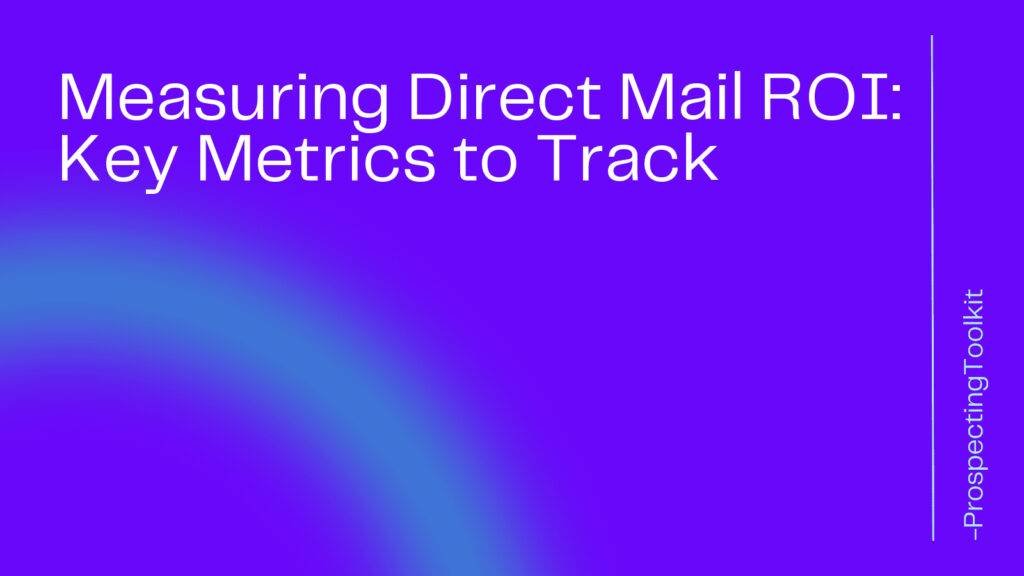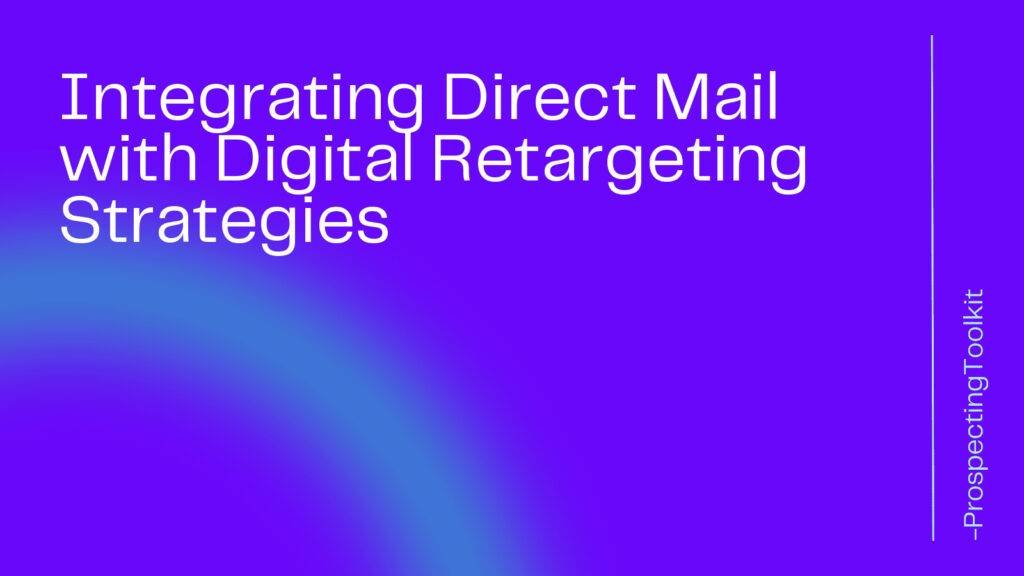In B2B sales, negotiation skills are crucial for success. Whether you’re selling a product, service, or solution, the ability to negotiate effectively can make or break a deal.
As a B2B sales professional, it’s essential to understand the art of negotiation and employ various tactics to achieve favorable outcomes.
This article will delve into the realm of negotiation tactics specifically tailored for B2B sales professionals. We will explore proven strategies, techniques, and tips that can help you navigate the complexities of B2B negotiations and close deals successfully.
So, let’s dive in!
Table of Contents
Toggle1. Preparation is Key
Before entering any negotiation, thorough preparation is essential. This includes researching the client, understanding their needs, and identifying potential pain points.
By gathering relevant information, you can tailor your approach and offer solutions that address their specific challenges.
Preparing your own objectives, limits, and alternatives will give you a clear roadmap during the negotiation process.
Here’s a step-by-step guide to help you prepare effectively:
- Understand Your Product/Service: Have a deep understanding of what you’re selling, including its features, benefits, and unique selling points. Be prepared to explain how your offering addresses the specific needs and pain points of the prospective client.
- Know Your Prospect: Research the company you’re negotiating with, including their industry, challenges, competitors, and any recent news or developments. Understand their priorities and objectives, as well as the key decision-makers involved in the negotiation.
- Set Clear Objectives: Define what you want to achieve from the negotiation. This could include securing a contract, establishing a long-term partnership, or upselling additional services. Ensure your objectives are realistic and aligned with the needs of both parties.
- Identify Potential Objections: Anticipate possible objections or concerns that the prospect may raise during the negotiation. Prepare responses and solutions to address these objections effectively and demonstrate the value of your offering.
- Establish Your BATNA: Determine your Best Alternative to a Negotiated Agreement (BATNA). This is your fallback option if the negotiation doesn’t result in a favorable outcome. Having a strong BATNA gives you leverage and confidence during the negotiation process.
- Create a Negotiation Strategy: Develop a clear strategy for the negotiation, including your opening offer, concessions you’re willing to make, and tactics for handling different scenarios. Consider factors such as pricing, terms, delivery schedules, and payment options.
- Practice Effective Communication: Hone your communication skills, including active listening, asking insightful questions, and articulating your points clearly and persuasively. Build rapport with the prospect and foster a collaborative atmosphere during the negotiation.
- Gather Relevant Data and Evidence: Support your arguments with data, case studies, testimonials, and other evidence that demonstrate the value and credibility of your product or service. Use factual information to strengthen your position and overcome objections.
- Be Flexible and Creative: Remain flexible during the negotiation and be open to exploring creative solutions that meet the needs of both parties. Look for win-win opportunities that maximize value for both your company and the prospect.
- Review and Reflect: After the negotiation, take time to review what worked well and areas for improvement. Reflect on your performance and gather feedback from colleagues or mentors to refine your approach for future negotiations.
By following these steps and investing time in thorough preparation, you can increase your effectiveness in B2B sales negotiations and achieve better outcomes for your company.
2. Active Listening
Active listening is a fundamental skill in negotiation. By actively listening to your client, you can gain valuable insights into their needs, motivations, and concerns.
This allows you to tailor your pitch and offer solutions that directly address their pain points.
Active listening helps build rapport and trust, which are crucial for a successful negotiation.
Here’s how you can effectively use active listening during a B2B sales negotiation:
- Give Your Full Attention: Make a conscious effort to focus solely on the prospect and their words. Eliminate distractions and avoid interrupting or thinking about your response while they’re speaking.
- Listen for Understanding: Pay attention not only to what the prospect is saying but also to their tone, body language, and any underlying emotions or concerns. This will give you valuable insights into their true needs and motivations.
- Use Verbal and Nonverbal Cues: Show that you’re actively listening by nodding, maintaining eye contact, and using verbal affirmations such as “I see,” “Yes, go on,” or “That’s interesting.” These cues demonstrate that you’re engaged and interested in what the prospect is saying.
- Clarify and Paraphrase: Periodically summarize or paraphrase what the prospect has said to ensure that you’ve understood them correctly. This not only demonstrates your listening skills but also gives the prospect an opportunity to clarify or provide additional information.
- Ask Open-Ended Questions: Encourage the prospect to elaborate on their needs, challenges, and goals by asking open-ended questions that invite detailed responses. This not only helps you gather more information but also encourages the prospect to feel heard and valued.
- Empathize and Validate: Show empathy and understanding towards the prospect’s concerns and challenges. Acknowledge their perspective and validate their feelings, even if you don’t necessarily agree with them. This builds trust and rapport, making the prospect more receptive to your suggestions.
- Avoid Jumping to Solutions: Resist the urge to immediately offer solutions or pitch your product/service as soon as the prospect mentions a need or problem. Instead, continue listening actively to fully understand their situation before proposing relevant solutions.
- Summarize and Confirm: At key points in the conversation, summarize the main points that have been discussed and confirm your understanding with the prospect. This helps ensure that both parties are on the same page and reduces the likelihood of misunderstandings.
- Respond Thoughtfully: Once you’ve fully understood the prospect’s needs and concerns, respond thoughtfully and tailor your solutions or proposals to address their specific requirements. Highlight how your offering can provide value and meet their objectives based on the information they’ve shared.
- Follow Up and Follow Through: After the negotiation, follow up with the prospect to reinforce your understanding of their needs and next steps. Demonstrate your commitment to addressing their concerns and delivering on any promises or agreements made during the negotiation.
By incorporating active listening into your B2B sales negotiation process, you can build stronger relationships with prospects, uncover valuable insights, and ultimately increase your chances of closing deals successfully.
3. Building Relationships
Building strong relationships with your clients is vital for successful B2B negotiations.
By establishing trust and rapport, you create a foundation of mutual respect and understanding. This can lead to more open and collaborative discussions, making it easier to find win-win solutions.
Invest time in building relationships with key decision-makers and stakeholders to enhance your negotiation outcomes.
4. Creating Value
In B2B negotiations, it’s essential to focus on creating value for both parties involved. This means understanding the unique value proposition of your product or service and effectively communicating it to the client.
By highlighting the benefits and ROI (Return on Investment) your solution offers, you can justify your pricing and position yourself as a valuable partner.
Remember, the goal is to create a win-win situation where both parties feel they are getting a fair deal.
5. Emphasizing Long-Term Partnerships
B2B sales professionals should always emphasize the potential for long-term partnerships.
By highlighting the value of an ongoing relationship, you can shift the focus from short-term gains to long-term benefits. This approach encourages clients to view you as a trusted partner rather than just another vendor.
Emphasizing the long-term benefits can also help justify higher prices or additional services, as clients see the value in investing in a reliable and committed partner.
Frequently Asked Questions (FAQ)
How can I handle objections during a negotiation?
Handling objections is an integral part of the negotiation process. The key is to listen empathetically, understand the objection, and address it directly. By acknowledging the client’s concerns and offering viable solutions or alternatives, you can overcome objections and move the negotiation forward.
What should I do if the client insists on a lower price?
If the client insists on a lower price, it’s important to understand their reasoning. Explore their budget constraints and offer alternative solutions that align with their financial limitations. Additionally, emphasize the unique value your product or service brings and the potential ROI it can generate, which can help justify the price.
How can I negotiate effectively with multiple decision-makers?
When negotiating with multiple decision-makers, it’s crucial to identify the key influencers and stakeholders. Understand their individual needs and motivations, and tailor your approach accordingly. Building relationships with each decision-maker and addressing their specific concerns can help you navigate complex negotiations and reach a consensus.
What role does body language play in negotiation?
Body language plays a significant role in negotiation. It’s important to maintain open and confident body language to convey trustworthiness and credibility. Additionally, observe the client’s body language for cues on their level of interest, agreement, or disagreement. Adjust your approach accordingly to establish a positive and productive negotiation environment.
How do I handle a negotiation impasse?
If a negotiation reaches an impasse, it’s crucial to remain calm and explore alternative options. Look for creative solutions or compromises that can break the deadlock. Consider involving a neutral third party, such as a mediator, to facilitate the negotiation and help find a mutually beneficial resolution.
Conclusion
Mastering negotiation tactics is essential for B2B sales professionals.
By preparing thoroughly, actively listening, building relationships, creating value, and emphasizing long-term partnerships, you can enhance your negotiation outcomes and close deals successfully.
Remember, negotiation is not about winning at all costs, but rather finding a mutually beneficial solution that satisfies both parties. By employing these tactics and strategies, you can become a skilled negotiator and achieve success in the competitive world of B2B sales.
So, go out there, armed with your newfound knowledge, and negotiate like a pro!







